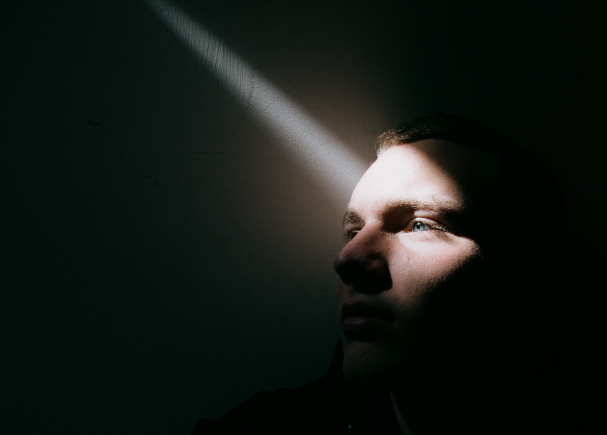A Washington party held by Kim Philby, an embassy employee and secret Soviet spy, on January 19, 1951, had far-reaching implications in the clandestine world of international espionage. Few would guess that the evening’s consequential hangover would reverberate through the halls of intelligence agencies, and in the whispers of spies for years to come. Philby’s home was a hidden nest of spy activity. Among his household, there lurked his unwanted guest, Guy Burgess, another Soviet spy Philby had personally recruited.
The party was a high stakes affair with representatives from the FBI and CIA, including James Jesus Angleton, a rising star in counterintelligence. With tensions between the agencies already palpable, the presence of an unexpected and visibly drunk Burgess set the stage for disaster.
The disruptive climax of the evening unfolded when Burgess, insisting on showcasing his caricature skills, drew an offensive sketch of Libby Harvey, wife of Bill Harvey, a former FBI agent now with the CIA. The resulting brawl ended with Bill Harvey trying to choke Burgess, and a palpable sense of disgrace hung in the air.
As the dust settled, the repercussions began. The Red Scare was at its height, and Bill Harvey began scrutinizing Philby’s activities, noting suspicious correlations between Philby’s whereabouts and Soviet victories. This investigation would later lead the CIA to demand Philby’s removal from the U.S.
Burgess’s uncouth behavior post-party hastened his recall to Britain, and shortly after, he and Donald Maclean, another Soviet spy, defected to Russia. The ensuing speculation about a “third man” aiding the defectors led to Philby’s departure from the U.S. and resignation from MI6. In 1963, he defected to Moscow, where he worked for the KGB until his death in 1988.
When the British press started to muse about the existence of a “third man” aiding Maclean and Burgess, a chill ran down the spines of the American intelligence community. The insinuations were enough to spur the CIA into action. Invoking the findings from Harvey’s memo, they insisted on Philby’s immediate departure from US soil.
Philby, a man of many faces, subsequently vanished from the American landscape, leaving behind nothing but buried spy gear near Great Falls. Resigning from MI6, he shrouded himself in shadows, evading arrest. In an astonishing twist in 1963, he resurfaced in Beirut, working as a journalist. More shocking still was the revelation of his reengagement with MI6. However, his ultimate allegiance lay elsewhere. He soon emerged in Moscow, embracing Soviet citizenship, working for the KGB, and wedding a Russo-Polish woman. He lived out his days in Russia, where he died in 1988, celebrated as a hero and etched forever in Soviet memory on a commemorative stamp.
This saga shook James Jesus Angleton to his core. As a friend, he felt the sting of Philby’s betrayal deeply, but as an intelligence officer, his alarm was even more profound. Elevated to lead the CIA’s counterintelligence efforts in 1954, Angleton was haunted by Philby’s deceit. He grew convinced of a pervasive KGB infiltration within Western governments and intelligence agencies, including his own CIA.
His so-called “monster plot” theory gave birth to an unprecedented era of surveillance, reading Americans’ mail, and deep-state structures. The darker Angleton’s conspiracy theories grew, the more lives were impacted, often destructively. Many intelligence officers, suspected of treason, found their lives in ruins. Angleton’s paranoia eventually served as the foundation for the mass surveillance of Americans, a fact brought to light by biographer Jefferson Morley. This, the unsettling tale of spies and their web of deceit, serves as a grim reminder of the clandestine battlefields beneath the surface of politics and diplomacy.

